Cubic tailors mortar simulator for the US Army
The company’s mortar trainer received improvements based on soldier’s feedback.
Cubic Global Defense has received a contract worth CAD$6 million from the Canadian government to upgrade the army's Data Communications Network (DCN) and Exercise Control Centre (EXCON) for the Canadian Weapons Effect Simulation (CWES) system, the company announced on 20 April.
The company will upgrade hardware and software related with the DCN and EXCON, including replacement of the current network and EXCON hardware. EXCON software will also be upgraded using the latest release of CATS Metrix software enhanced under the Urban Operations Training System.
The simulation system is used by the Canadian Army at the Canadian Manoeuvre Training Centre in Wainwright. It provides force-on-force training and realistic simulation for the engagement effects of direct-fire and area weapons.
The existing DCN and EXCON at Wainwright are obsolete and will be replaced with the upgraded system that aligns with new capabilities introduced under the Urban Operations Training System project.
Dave Buss, president of Cubic Global Defense, said: 'The Cubic-led modernisation of the Wainwright DCN/EXCON will ensure that robust communication architecture is put in place to support current and future simulation training requirements at Canada's premiere training facility.
'The overall live simulation training experience will be greatly enhanced, enabling performance-based training to meet the Canadian armed forces operational readiness standards now and into the future.'
Work will be complete by May 2018.
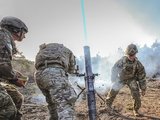
The company’s mortar trainer received improvements based on soldier’s feedback.
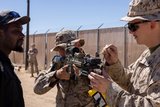
The company will operate in two new locations in the coming years to better support US services.

This type of tool provides more realistic training easing the incorporation of new scenarios that accurately represent the threats of the battlefield.
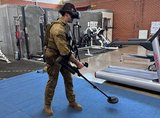
The Engineering Corps has been conducting individual instruction using FLAIM Systems’ Sweeper and should start collective deployments in 2025.
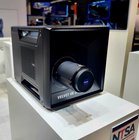
The next-generation platform is motion-compatible and can be used in OTW and NVG applications.
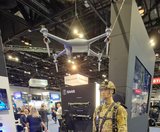
The system can be used to prepare soldiers for both drone offensive operations and CUAS missions.